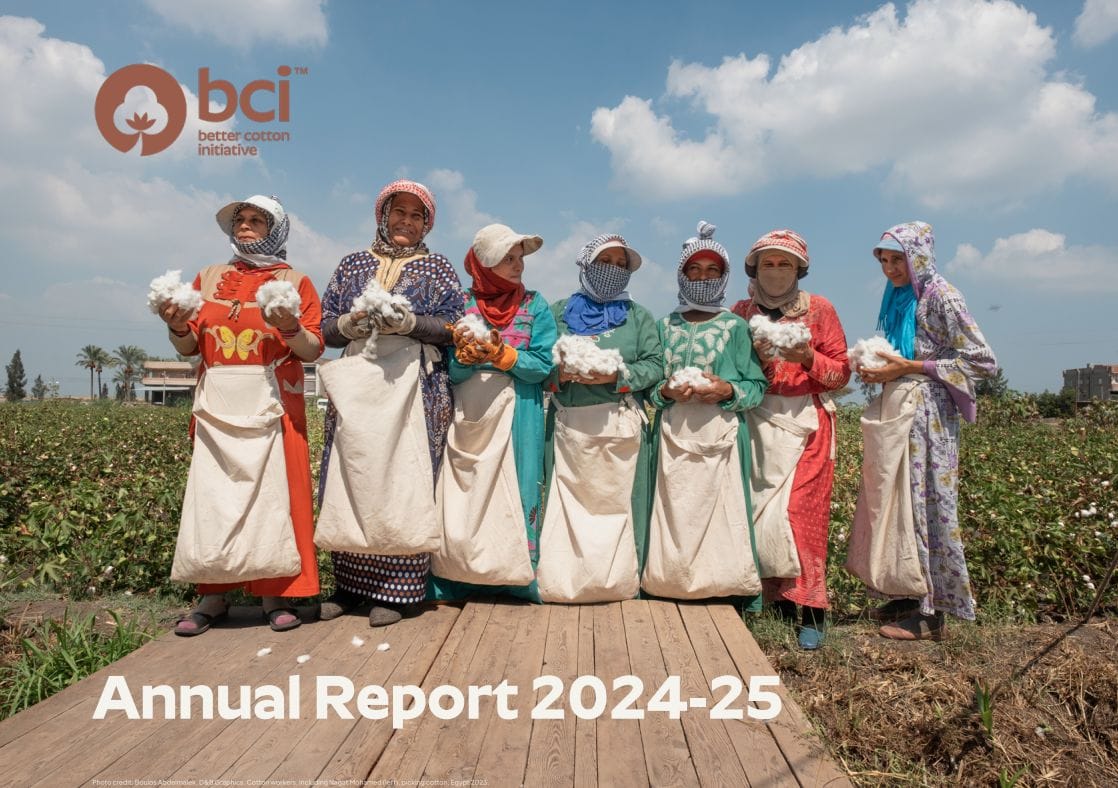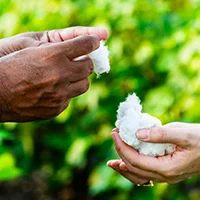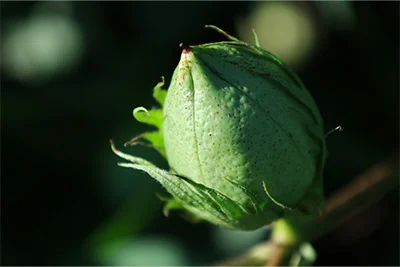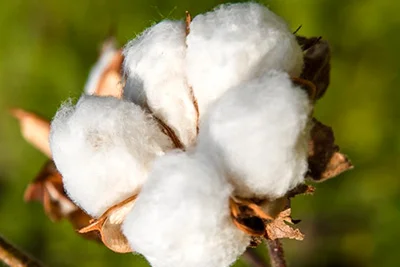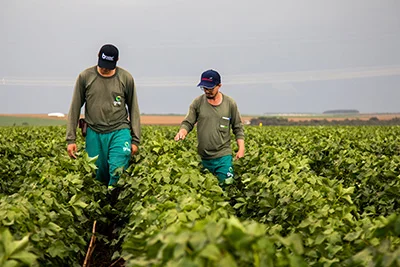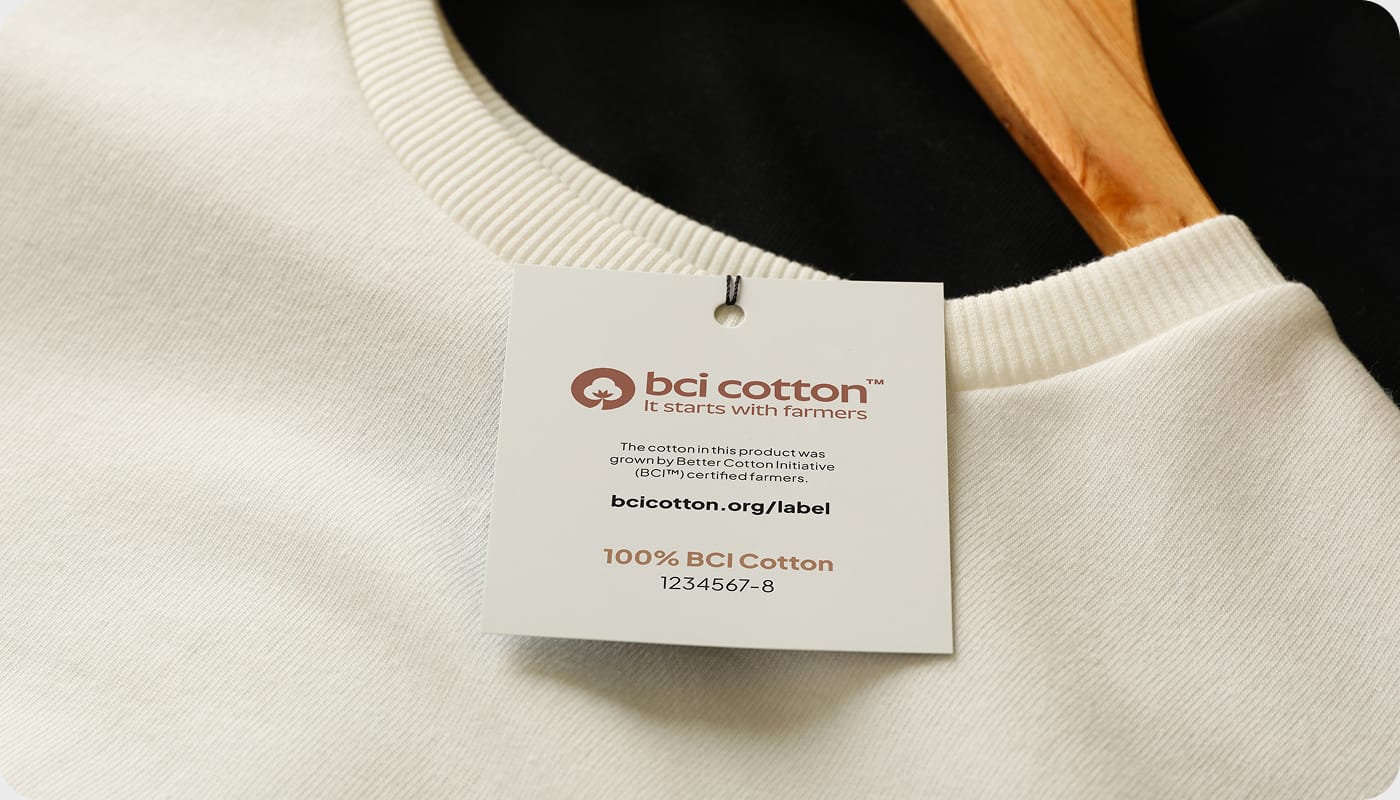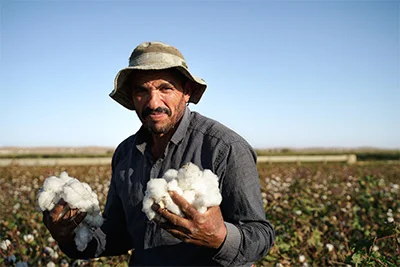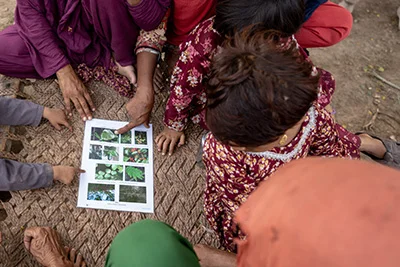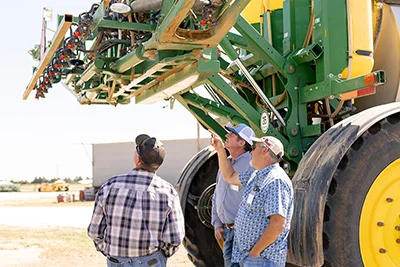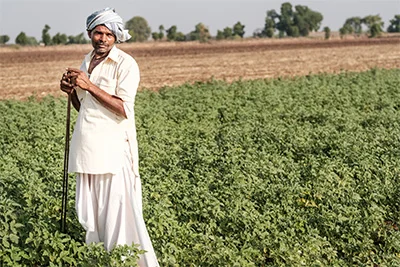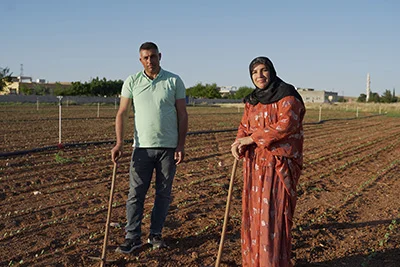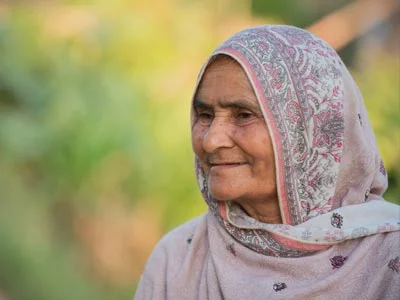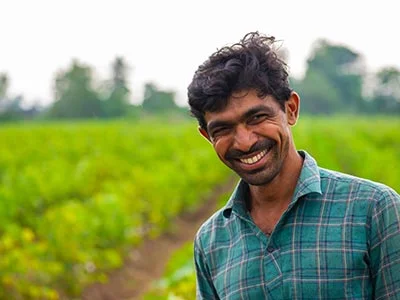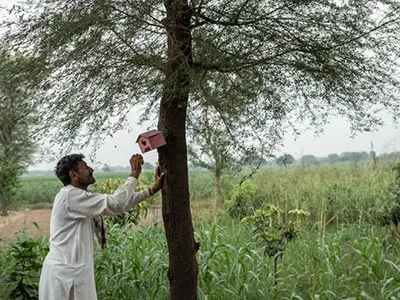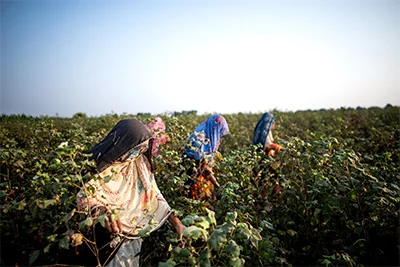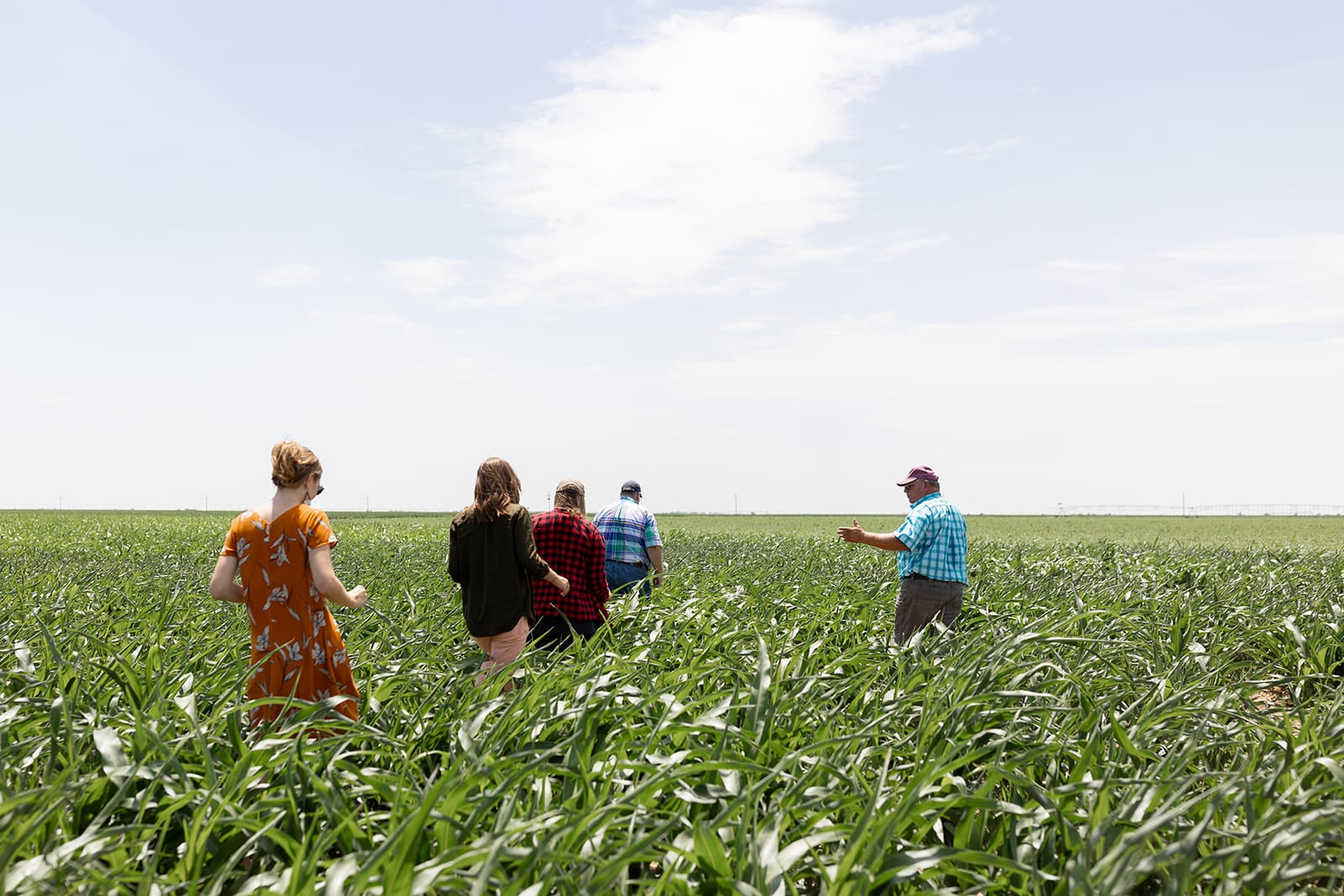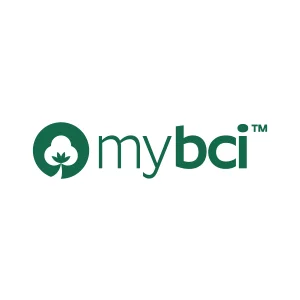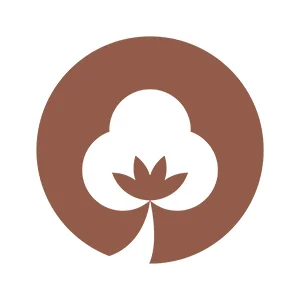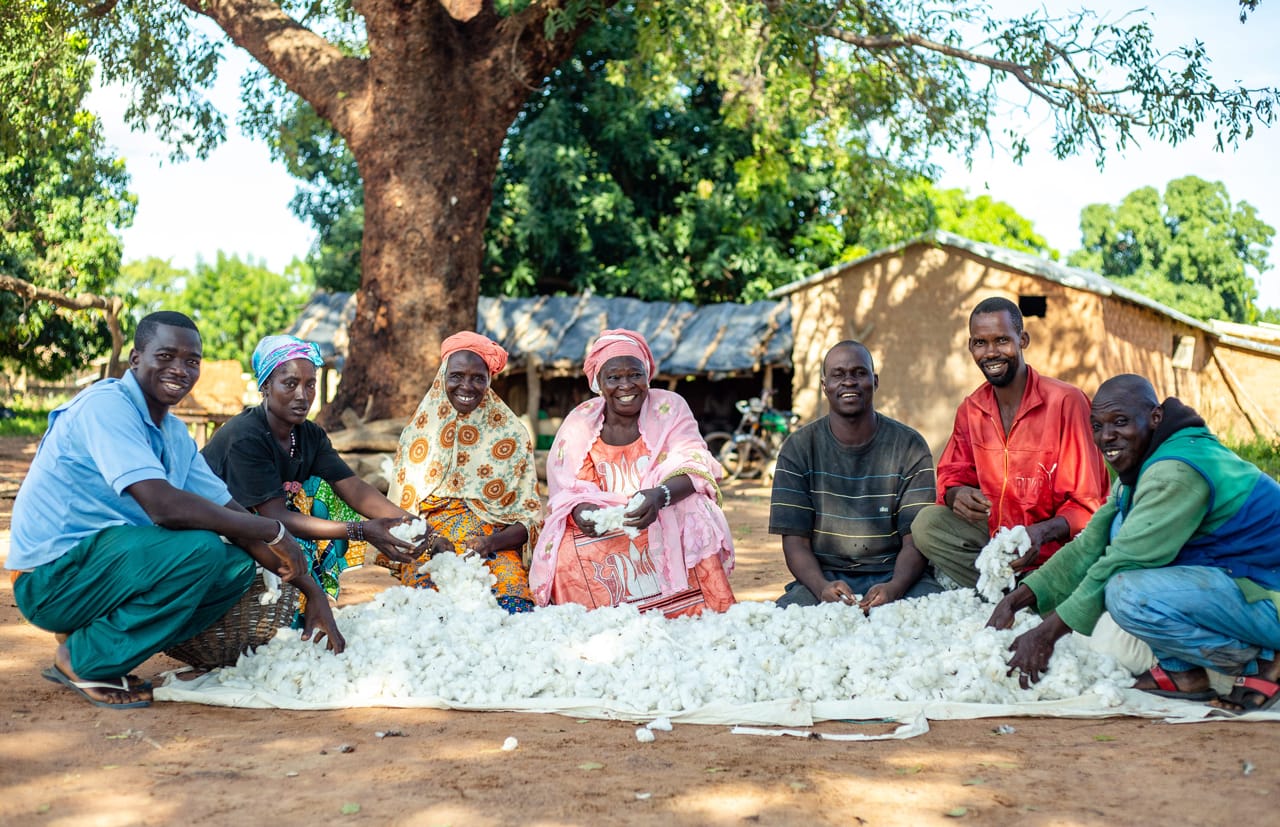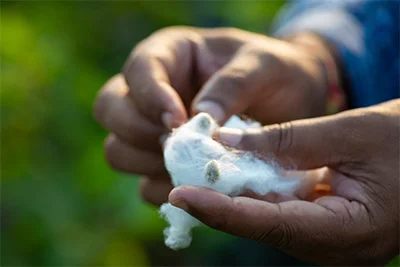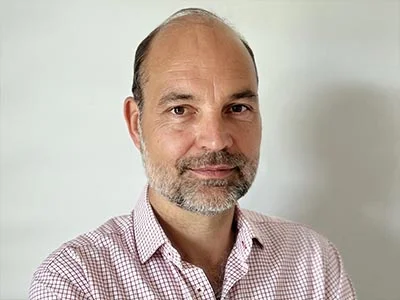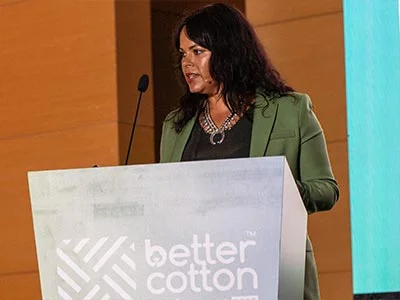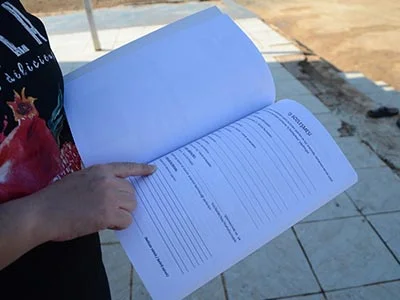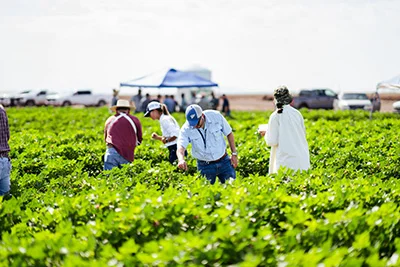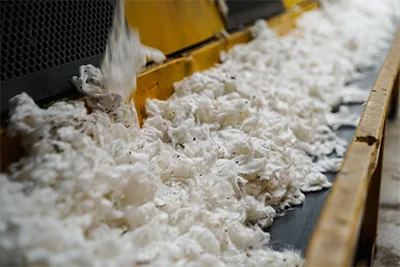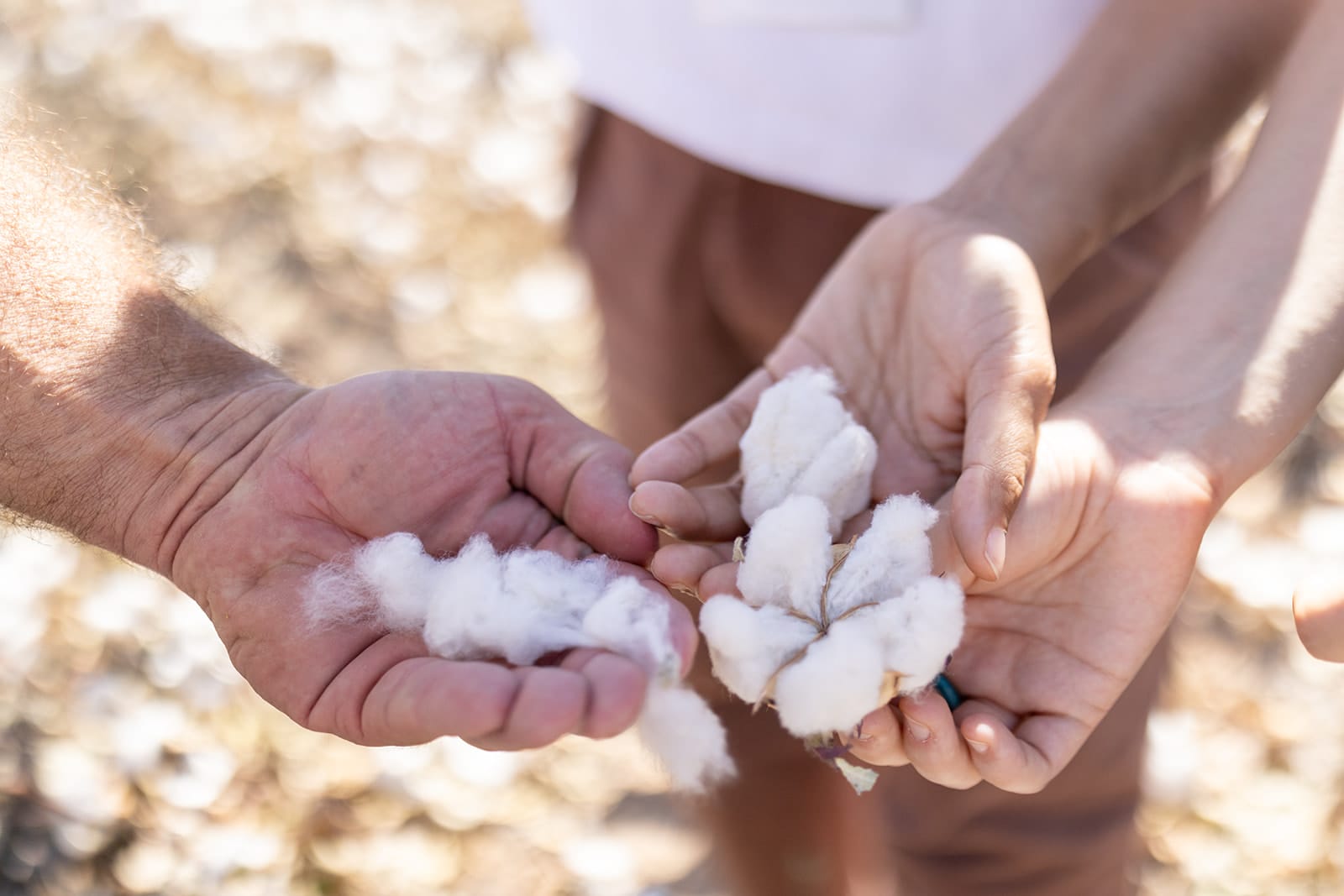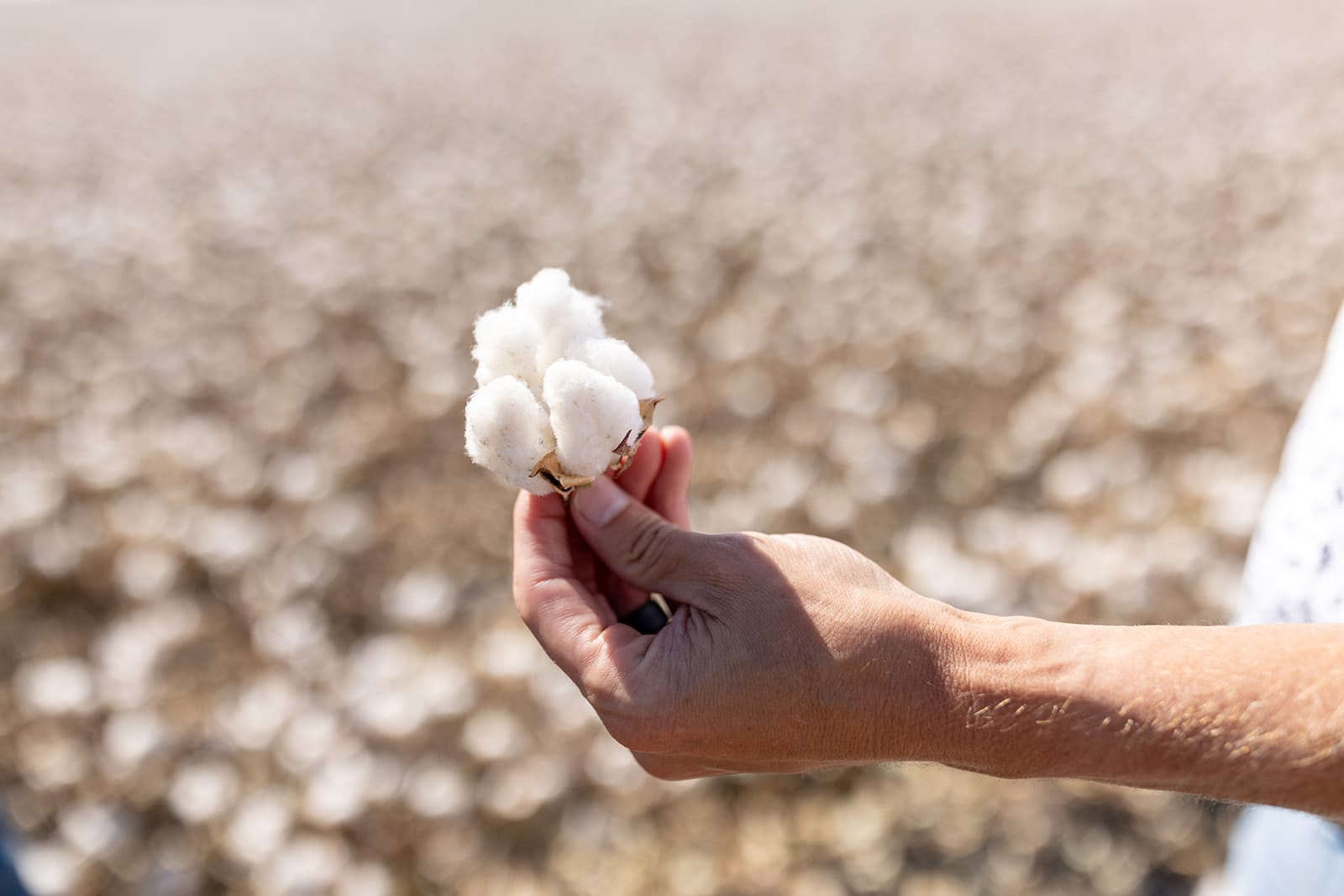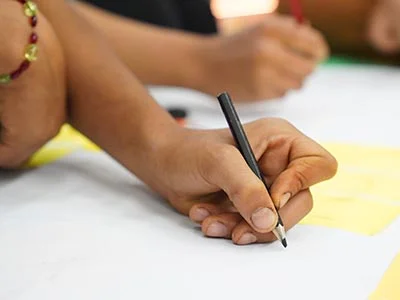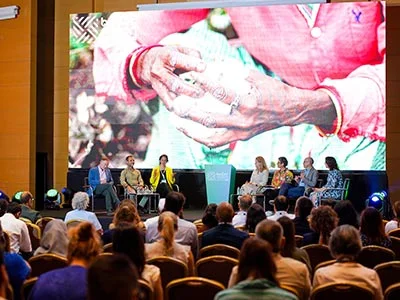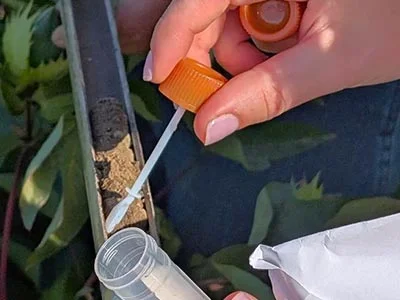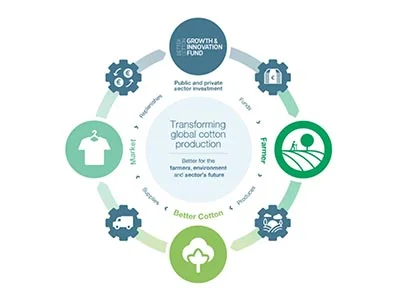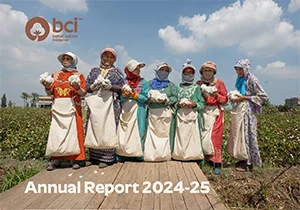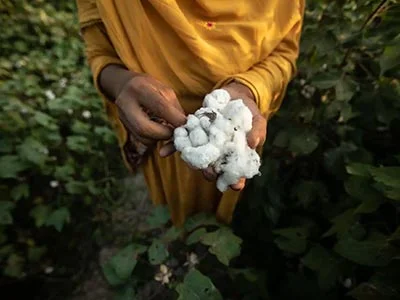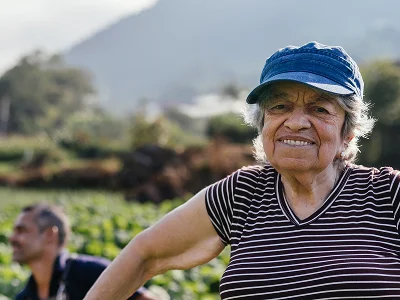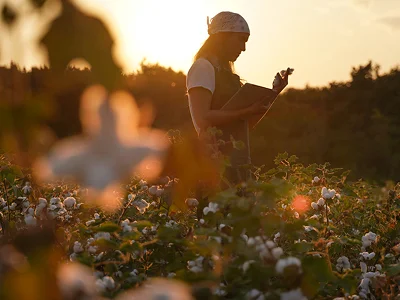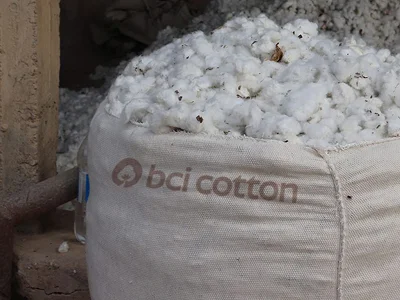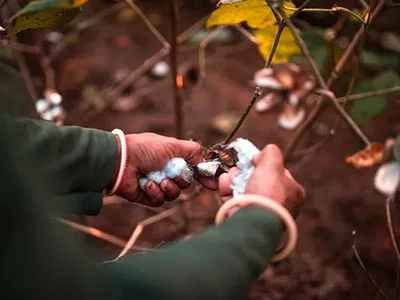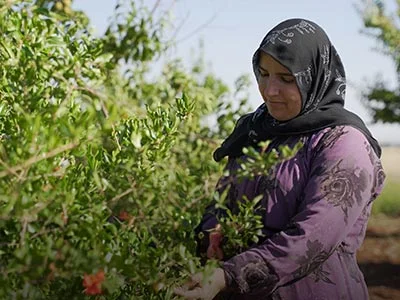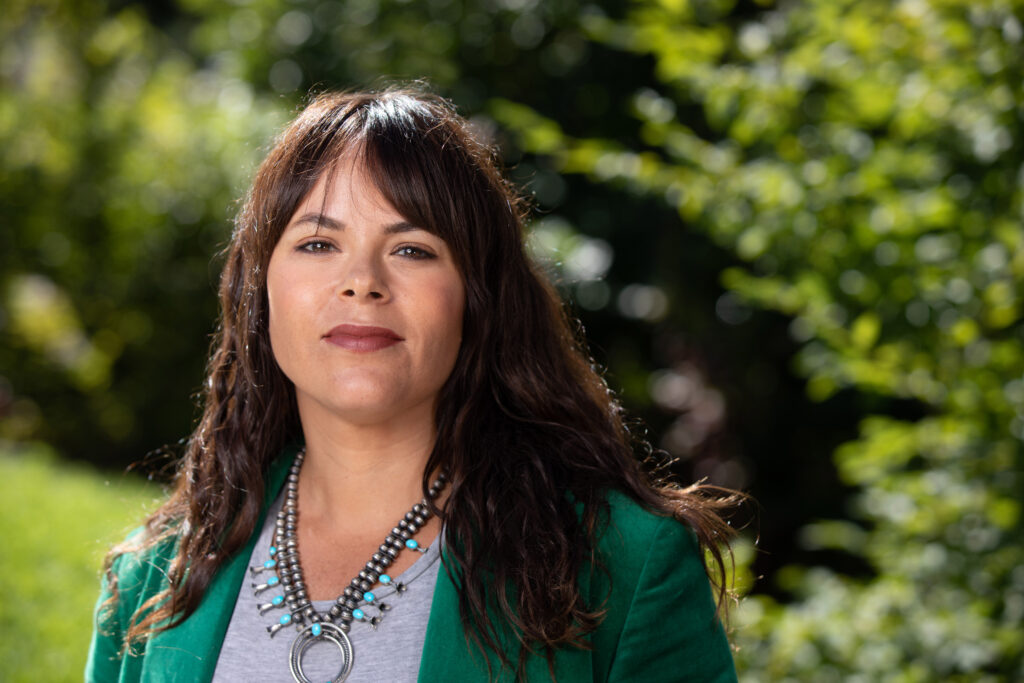

By Eva Benavidez Clayton, Senior Director of Demand & Engagement at the Better Cotton Initiative
This article was first published by Cotton Outlook on 7 October 2025
It has been six years since the first World Cotton Day, which is celebrated every 7 October. The event was not created by clothing brands or fashion enthusiasts. It was brought to life by the World Trade Organisation upon the request of four African cotton-producing nations – Benin, Burkina Faso, Chad, and Mali – to recognise and celebrate their work. World Cotton Day started with farmers.
While this is always a special date for the team at the Better Cotton Initiative (BCI), as we take stock of progress and look to the future, this year feels even more momentous, as it also marks 20 years since the inception of our organisation. In 2005, a WWF-led multistakeholder roundtable met to discuss the future of sustainability in our sector, and the Better Cotton Initiative was born.
Fast forward two decades and BCI now manages a global field-level standard, tailoring its programmes to support the needs of specific farming communities across 15 countries, and accounting for nearly a quarter of the cotton produced around the world. We remain global by first thinking local, and that will continue to be front of mind as we place increasing emphasis on a key pillar of our standard over the coming months: regenerative agriculture.
In collaboration with our network of Programme and Strategic Partners, BCI will offer farming communities the training, tools and guidance they need to continue to adopt the regenerative practices promoted through our standard. This reflects two key values that have always been at the heart of our approach – a determination to continuously improve our approach and a recognition that we will only succeed by working in partnership with cotton farmers.
This is as much true today as it has been in the past two decades. BCI now licenses 1.39 million farmers who produce 23% of global cotton volumes. We also have a vast membership comprising retailers, brands, cotton traders, and everyone in between, connecting supply with growing demand.
We created a global traceability solution, transitioned to a certification scheme, and have just launched a new product label for fashion brands and retailers to publicise the BCI Cotton in their products and better inform consumers about where their purchase comes from.
From Trade Wars to Climate Change
The changes have been immense, and while BCI looks drastically different to what it was back in 2005, so too does the landscape in which we operate.
Trade wars, legislation, and consumer awareness are three widely talked-about factors affecting sustainability in fashion and textiles today. For cotton, though, the most impactful one is something closer to home.
Extreme weather – from droughts and scorching heat to floods, such as the ones that put much of Pakistan’s farms underwater in 2022 and those hitting the Punjab region’s farms hard this summer – has left the agricultural sector in a precarious position, and the threat of climate disasters continues to loom large.
The Cotton 2040 initiative, convened by Forum for the Future and supported by BCI, may have concluded its work in 2023, but the research and projections it published remain valid.
The initiative estimated that by 2040, around half of the world’s cotton growing regions will face high or very high-risk exposure to at least one climate hazard, whilst some regions could be exposed to as many as seven of them.
It reiterates why boosting the environmental and social resilience of cotton farming communities around the world is so important. Global progress against the goals of the 2015 Paris Climate Agreement is off-track. In particular, the decision by the current US administration to once again withdraw from the treaty will further hamper the likelihood of success in meeting CO2 reduction targets to limit the planet’s temperature at 1.5oC above pre-industrial levels.
In the face of these challenges two things become increasingly clear if we are going to continue to be successful and deliver our mission. Firstly, with farming communities most exposed to these threats it is essential that we continue to place farmers at the heart of everything we do. And secondly, that we cannot simply seek to reduce the impact of cotton production but must actively aim to revitalise, replenish and regenerate the natural assets that we depend upon. This is why in June of this year, at the 2025 Better Cotton Conference in İzmir, Türkiye, I announced our organisation’s decision to complete the evolution of our field-level standard into one that fully embraces regenerative agriculture.
A Regenerative Future
The Better Cotton Initiative’s farm-level standard, which cotton farmers must meet to become certified, is already recognised to cover many of the key tenets of regenerative agriculture. All farmers that we support work with regenerative practices in some capacity.
It is vital that we continue to build on this progress. Encouraging cotton growers around the world to champion and increase the adoption of regenerative agriculture is a vital step to ensure that cotton is produced in a way that protects and nurtures the natural environment. Like World Cotton Day, the regeneration of our environment starts with farmers.
The benefits are abundantly clear. Regenerative practices improve soil and increase biodiversity, two of our greatest weapons in the fight against climate change. Like our oceans and forests, soil can capture huge quantities of CO2 from the atmosphere, while diverse animal and plant life is integral to sustaining fully functional ecosystems.
The potential for regenerative agriculture to accelerate our field-level impact as we continue to drive improvements across all that we do makes me very optimistic about the years to come.
The launch of our new product label is a testament to that optimism. To many, it may just look like a piece of paper breaking down an item’s composition, but look closely and you’ll see that it represents much more. The label is the result of our recently implemented certification scheme – independent third parties verifying the conditions in which the cotton was grown – and our traceability solution, which informs companies about the origin of the BCI Cotton they source.
Our new label brings factual and vital information to the fore. It is the certificate of a journey successfully made, from farms to stores – and towards a more sustainable future.

